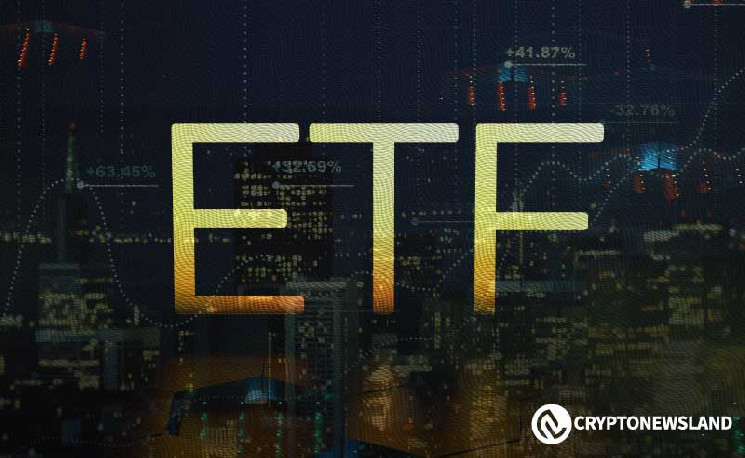- SEC approves SPOT ETH ETF, classifying ETH as a commodity.
- The approval marks a shift from the SEC’s previous stance.
- Bipartisan Congressional efforts push for clear crypto regulation.
In a significant move, the Securities and Exchange Commission (SEC) approved the SPOT ETH ETF today, indicating that Ethereum (ETH) is viewed as a commodity rather than a security. This decision marks a notable shift from the SEC’s previous stance, which consistently classified ETH as a security.
The approval of the SPOT ETH ETF highlights a changing regulatory environment for cryptocurrencies. This move comes on the heels of a recent lawsuit against the SEC, where the classification of ETH was a central issue. The lawsuit argued that the SEC’s position was outdated and did not reflect the current understanding of ETH and its uses.
On today’s SEC ruling:
— Consensys (@Consensys) May 23, 2024
While Consensys welcomes today’s decision to approve ETH Spot ETFs as a step in the right direction, this seemingly last minute approval is yet another example of the SEC’s troublesome ad hoc approach to digital assets. No other industry, market, or…
The decision to approve the ETF also reflects the efforts of a bipartisan Congressional push for clearer and more sensible regulation of cryptocurrencies. Lawmakers from both sides of the aisle have been advocating for regulations that provide clarity and foster innovation in the crypto space.
The bipartisan effort underscores a growing recognition of the importance of clear regulatory frameworks that can support the burgeoning cryptocurrency industry. The SEC’s approval of the SPOT ETH ETF is a step towards aligning regulatory perspectives with the evolving landscape of digital assets.
This development is likely to have significant implications for the cryptocurrency market, potentially paving the way for further acceptance and integration of digital assets into mainstream financial systems. As the regulatory environment continues to evolve, stakeholders in the crypto industry will be watching closely to see how these changes unfold and what they mean for the future of digital currencies.
